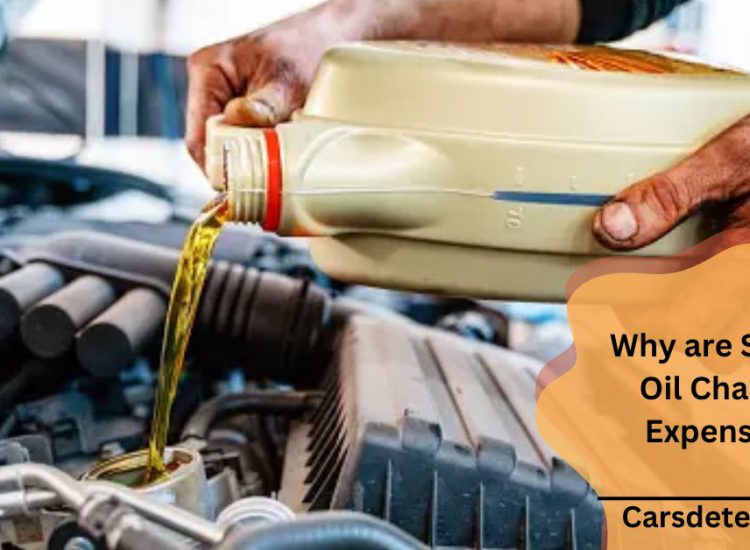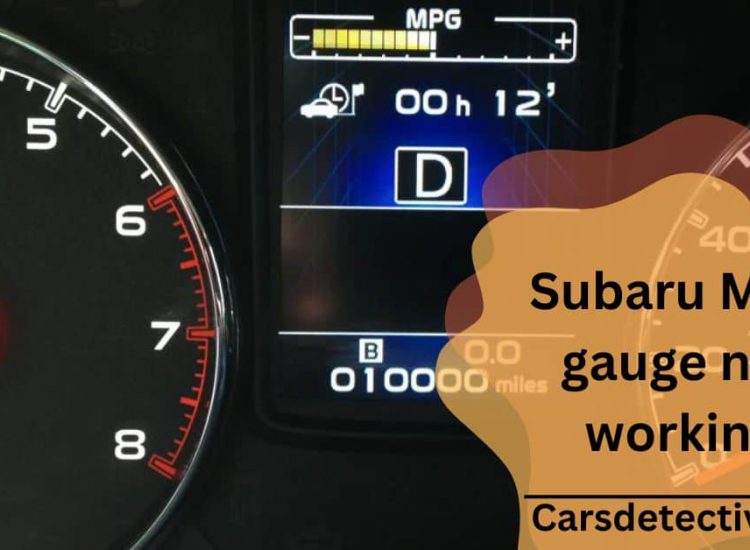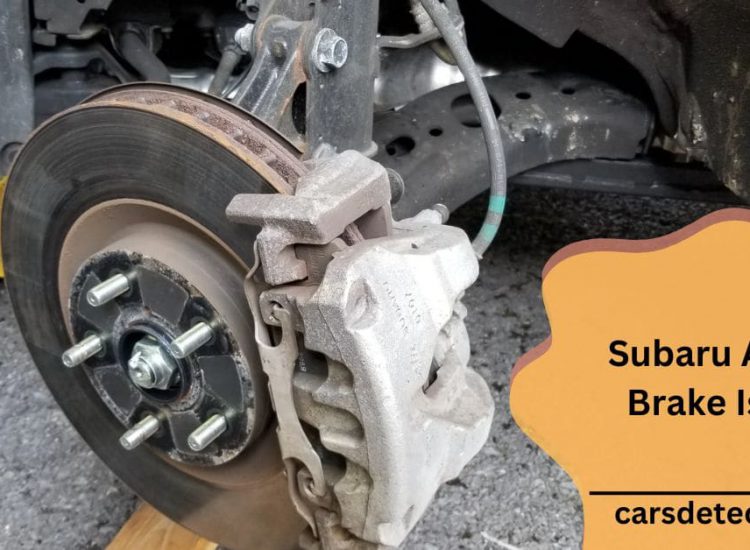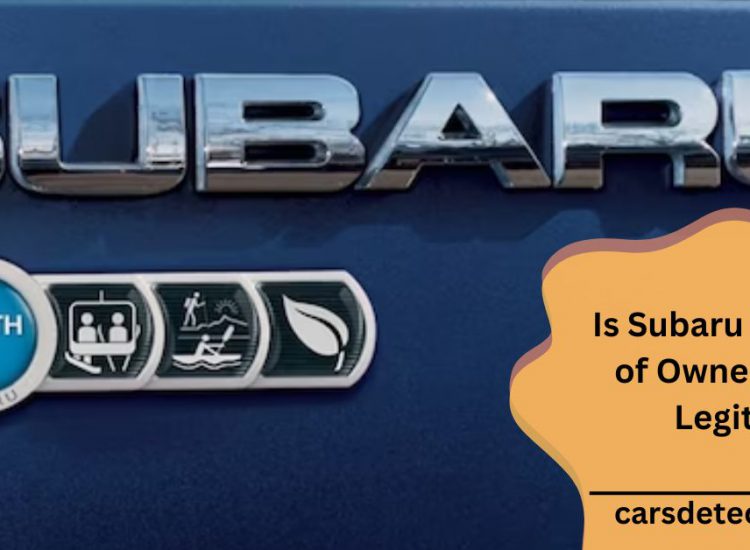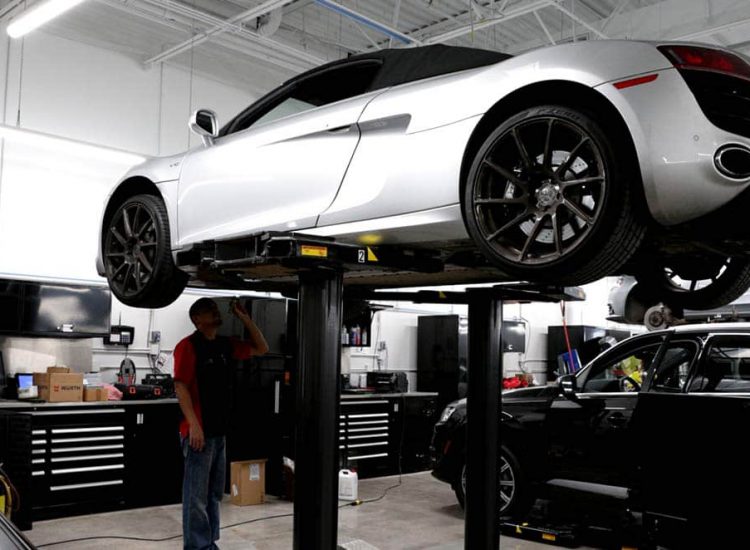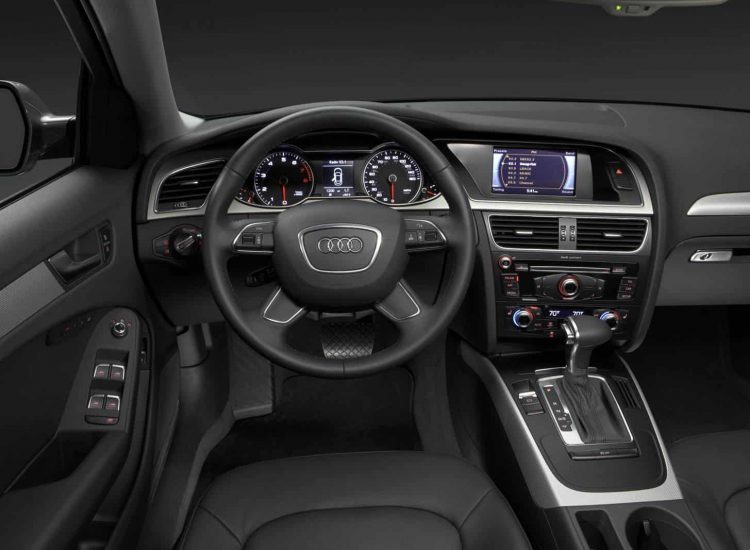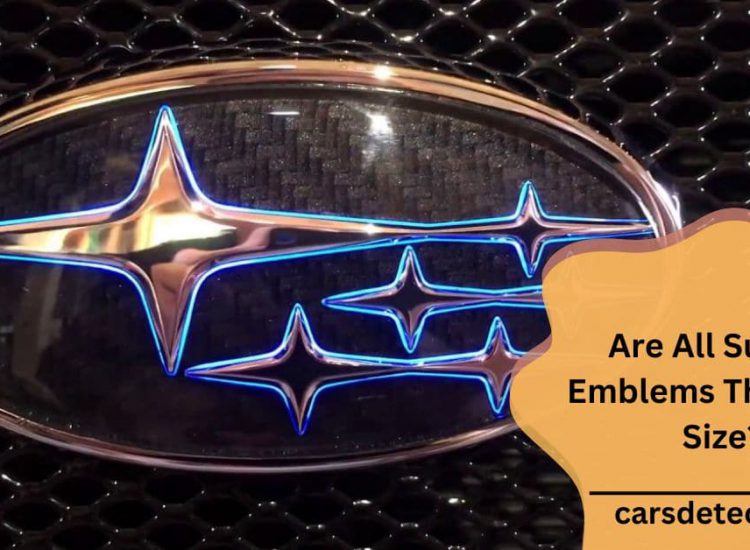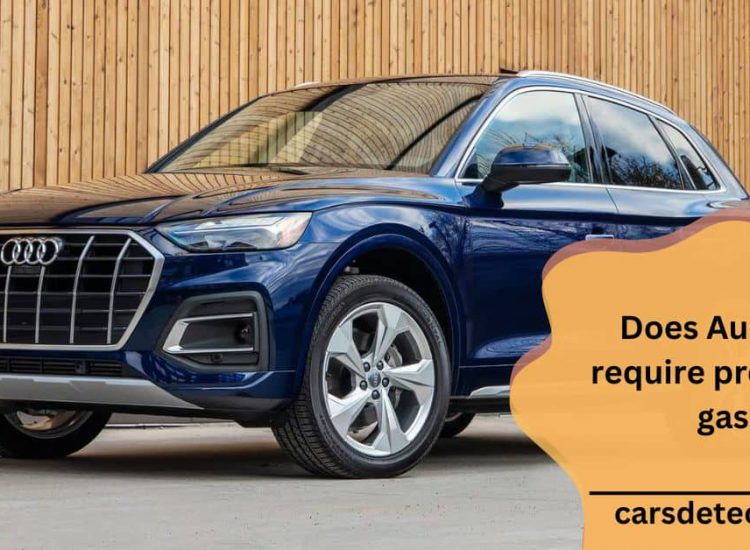Car manufacturing is remarkably efficient, with many interchangeable parts across Subaru models and years. This flexibility allows for easily swapping components like engines, ECUs, transmissions, truck beds, lights, and body parts between vehicles.
Toc
- 1. Table of Contents:
- 2. The Development of Subaru Interchangeable Parts – Brief Overview!
- 3. Interchangeable Parts’ Advantages – A Deep Dive!
- 4. Which Subaru engine years are interchangeable? – Let’s Explore!
- 5. Difficulties in Locating Original Interchangeable Parts – Let’s Check!
- 6. Frequently Asked Questions:
- 6.1. 1. Are replacement parts restricted to specific Subaru models?
- 6.2. 2. How can I ensure the authenticity of the parts I’m using?
- 6.3. 3. What are the most popular DIY projects involving interchangeable parts?
- 6.4. 4. Does the use of interchangeable components have a positive environmental impact?
- 6.5. 5. Where can I find support and guidance for Subaru interchangeable parts?
- 7. Conclusion:
Subaru’s interchangeable parts vary by model and year. Consult your vehicle’s specific parts catalog or a reliable automotive database for accurate information.
You’re not restricted to finding parts for your car’s make, model, and year. Using interchangeable parts saves you money and quickly replaces components without being limited to the same make and model year.
To gather additional details about Subaru, begin your informative exploration with Carsdetective.
Table of Contents:
The Development of Subaru Interchangeable Parts – Brief Overview!
Subaru’s commitment to interchangeable parts began with its innovative Subaru 360 model in 1958. This compact car was designed to focus on simplicity and practicality, embodying the brand’s dedication to creating reliable vehicles.
The concept of interchangeable parts gained prominence as Subaru expanded its product line. The Subaru 1000, introduced in 1966, further emphasized this philosophy by incorporating standardized components across various models.
This approach facilitated manufacturing efficiency and simplified repairs and maintenance for owners. Subaru continued refining its interchangeable parts strategy in subsequent years, creating a consistent platform for components. Implementing modular designs allows for easy replacement and upgrading, enhancing the longevity of Subaru vehicles.

This philosophy extended to the brand’s famous all-wheel-drive systems, where compatibility across models became a hallmark. Subaru’s commitment to interchangeable parts has been pivotal in its global success. The approach ensures cost-effectiveness in production, making Subaru vehicles more accessible to a wide range of consumers.
The legacy of interchangeable parts remains integral to Subaru’s identity, reflecting a balance between innovation and practicality. This commitment continues to influence the brand’s design and manufacturing processes, sustaining a tradition of dependable and user-friendly vehicles.
Read Also: Subaru Crosstrek USB Port Not Working – Join the Community for Updates!
Interchangeable Parts’ Advantages – A Deep Dive!
Interchangeable parts refer to components designed to be identical and easily replaceable within a product or system. This concept, widely attributed to Eli Whitney in the 19th century, has several advantages:
1. Efficiency in Manufacturing:
Interchangeable parts streamline the manufacturing process by enabling mass production. Identical components can be produced in large quantities, leading to cost reductions and increased production speed.
2. Repair and Maintenance:
With interchangeable parts, products are more straightforward. If a part fails, it can be easily replaced with a new one without the need for custom adjustments, reducing downtime.

3. Standardization:
Interchangeability promotes standardization in design and production. This facilitates compatibility among various products or systems, allowing for easier upgrades or modifications without extensive customization.
4. Cost Savings:
Mass production of interchangeable parts often leads to economies of scale, resulting in lower production costs per unit. Its affordability helps consumers and producers alike.
Read Also: How to Clean Subaru Startex Seats? – Comprehensive Guide!
5. Faster Assembly:
Assembly processes become more efficient and faster when using interchangeable parts. Workers can easily match and assemble components without precision adjustments, reducing the skill level required for assembly tasks.
6. Inventory Management:
Standardized interchangeable parts simplify inventory management for manufacturers and suppliers. Stocking a standard inventory of components reduces the complexity of logistics and storage.
7. Innovation and Upgradability:
Interchangeable parts encourage innovation by easily integrating new technologies or improvements. Products can be upgraded or modified without significant changes to the overall design.

8. Reduced Lead Times:
Assemblies with interchangeable parts can be produced and delivered more quickly, reducing lead times for manufacturers and customers.
Read Also: Subaru Alarm Goes Off When Opening Door – Don’t miss out!
Which Subaru engine years are interchangeable? – Let’s Explore!
A Subaru Forester without an engine is a fancy box with a radio. Although Subaru Forester engines are known for their durability, they may need replacement due to wear or damage.
The good news is that you can often swap engines or motor parts between different Subaru Forester models or even other makes, making them perform like new. Many vehicles share the same engine model, allowing for interchangeability.
Compatible Parts:
- Timing Belt/Chain
- Alternator Belt
- Fuel Injectors
- Fuel Pumps
Not Compatible Parts:
- ECU (Engine Control Unit)
- Alternators
- Ignition Components
Certain Subaru Forester parts are interchangeable with identical specifications or can be replaced with parts from various Subaru Forester models or third-party manufacturers. Verifying the part’s MPN/ASIN is crucial to ensure a fully compatible replacement.
When considering engine compatibility, key factors include whether it’s a Single Overhead Camshaft (SOHC) or Dual Overhead Camshaft (DOHC) design and whether it’s a performance-improved (PI) or non-performance-improved (NPI) engine. SOHC engines have a single cam managing both intake and exhaust valves, while DOHC engines have two separate cams for each set of ports.

Swapping a turbocharged engine is acceptable if the new engine matches your vehicle’s make, model, and year, provided all necessary parts are available. However, this process is intricate and best left to an experienced mechanic for safety and reliability.
Exchanging naturally aspirated engines is generally simpler than turbocharged ones due to additional components like the turbocharger, wastegate, intercooler, and boost control system. Turbocharged engines may require specialized tools and knowledge.
The ease of engine interchange varies based on the vehicle’s make, model, and year, so consulting a professional mechanic is advisable. Engine compatibility can be checked by examining the VIN alphabet, which reveals information like the number of cylinders, camshaft design, and motor type.
Read Also: Can You Fit A Queen Mattress In A Subaru Outback? – Comprehensive Guide!
Difficulties in Locating Original Interchangeable Parts – Let’s Check!
Locating original interchangeable parts can pose several challenges, impacting various industries and consumers. Here are some fundamental difficulties associated with this process:
Counterfeiting:
The prevalence of counterfeit parts in the market makes it challenging to identify and source genuine components. Counterfeit parts compromise the product’s performance and pose safety risks.

Global Supply Chains:
With the globalization of manufacturing, supply chains have become intricate and extensive. Identifying the source of interchangeable parts in this complex network can take time and effort, leading to delays and uncertainties.
Obsolete Parts:
Manufacturers frequently update and discontinue older models as technology advances, rendering some interchangeable parts obsolete. Locating original components for outdated systems can be particularly challenging, requiring extensive research and alternative solutions.
Read Also: Can a Subaru Jump Start Another Car – Comprehensive Guide!
Limited Availability:
Some original parts may have limited production runs, especially for niche or specialized equipment. This scarcity can make it difficult for consumers or industries to find the exact components they need, leading to potential compatibility issues with substitute parts.
Documentation and Traceability:
Inadequate documentation and traceability of parts throughout the supply chain can impede the verification of authenticity. Establishing a clear trail of a part’s origin and history is crucial for ensuring its authenticity and reliability.
Diverse Standards:
Different regions and industries may have varying standards for interchangeable parts. Adhering to these standards is crucial for compatibility and safety, but navigating through many standards can be time-consuming and complex.

Read Also: Are All Subaru Emblems The Same Size? – Join Our Community!
Rapid Technological Advancements:
In industries where technology evolves rapidly, locating original interchangeable parts becomes challenging due to the continuous introduction of newer models and the phasing out of older ones.
Frequently Asked Questions:
1. Are replacement parts restricted to specific Subaru models?
The compatibility of interchangeable parts varies across Subaru models, but technological advancements have expanded their range.
2. How can I ensure the authenticity of the parts I’m using?
To verify the genuineness of Subaru interchangeable parts, opt for authorized dealers or reputable online retailers.
3. What are the most popular DIY projects involving interchangeable parts?
DIY upgrades offer many possibilities, from simple interior modifications to more complex engine enhancements.
4. Does the use of interchangeable components have a positive environmental impact?
Indeed, utilizing interchangeable parts promotes the reuse and recycling of components, contributing to sustainability.
5. Where can I find support and guidance for Subaru interchangeable parts?
Excellent sources include Subaru forums and online communities.
Conclusion:
At the end of the conclusion,
Subaru’s interchangeable components differ depending on the model and year. Refer to your vehicle’s dedicated parts catalog or consult a trustworthy automotive database for precise information.
The realm of possibilities opens up for enthusiasts in Subaru interchangeable parts. Anticipated advancements in interchangeable parts within the automotive industry remain promising, especially if Subaru continues its commitment to innovation.

